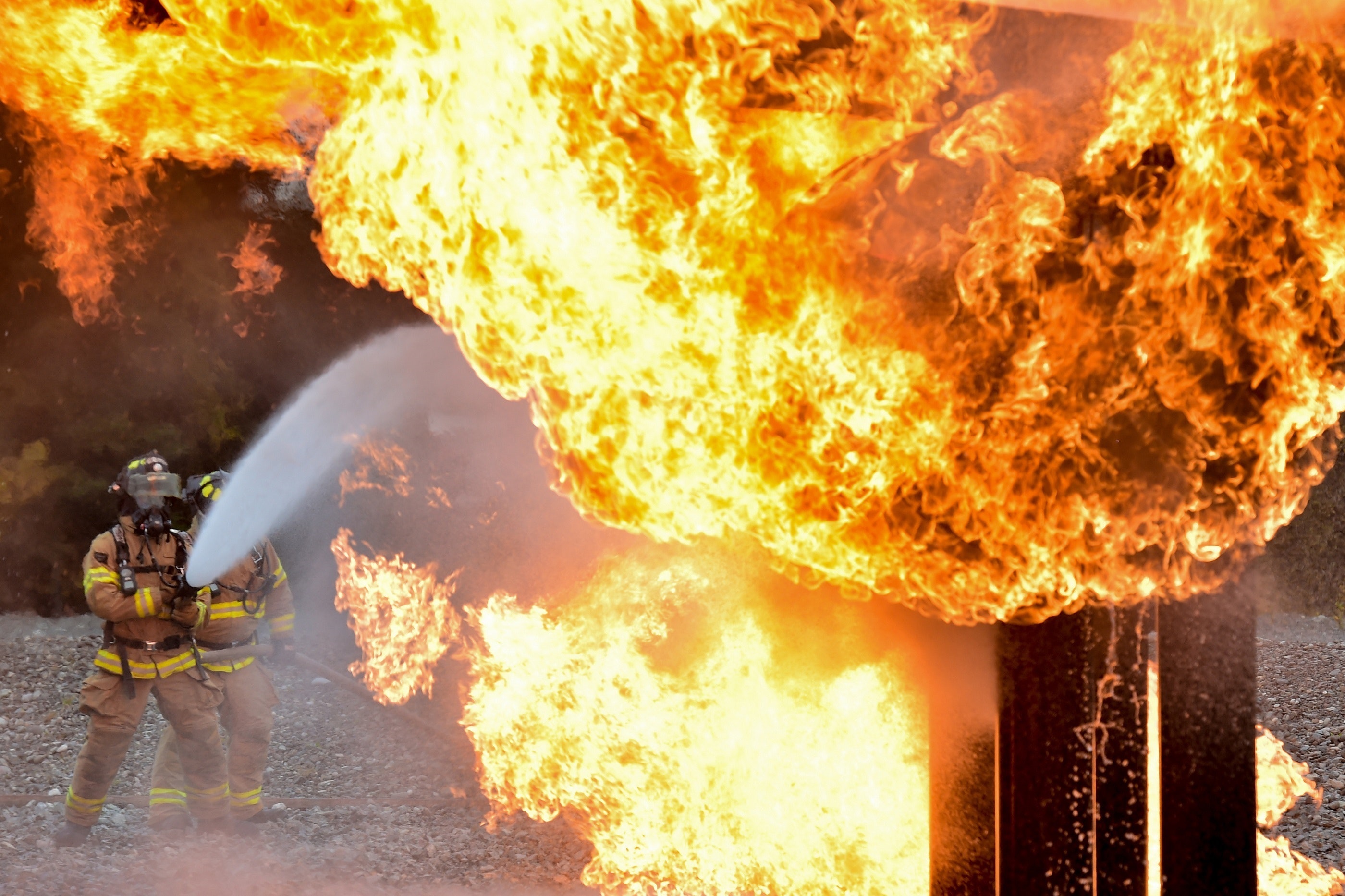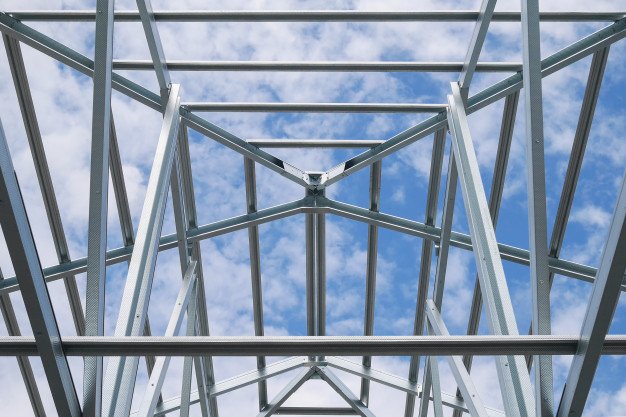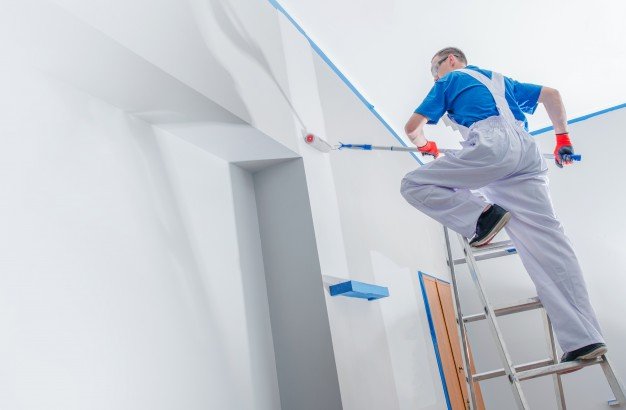If you’ve ever lost sleep over the idea of your home or commercial property catching fire, the chances are that you’re not alone. Make no mistake; this is a truly devastating prospect and one that could carry an immeasurable human and financial cost.
In the case of a commercial fire, there’s also a wider range of consequences in terms of your business and the people that you employ. Even if the fire occurs when the structure is empty, the cost of repairing the damage could be seismic while a number of jobs could be lost within a relatively short period of time.
With this in mind, structural fire protection is absolutely crucial to the safety of your premises and the people who work within it. Here’s a breakdown of structural fire protection and the purpose that it serves:
An Introduction to Passive Fire Protection (PFP) and Structural Fire Protection:
At the heart of this concept is Passive Fire Protection (PFP), which includes four main items and areas of safeguarding.
The first and most important of these is Structural Fire Protection, which has essentially been designed to introduce measures that protect structural components such as steel and join systems from the effects of fire.
But how exactly do these measures work?
It’s partially accomplished through the use of a fireproofing material, while another option is for developers to prioritise the application of concrete throughout the build wherever possible.
In terms of materials, there’s a host of options at the disposal of developers and building professionals. The most widely used include endothermic materials such as gypsum-based plasters and cementitious products, such as those sold extensively through suppliers such as CCF.
These materials play an integral role in modern construction, as they help to minimise the damage caused by fire while also enabling developers to comply with contemporary building regulations.
What Role Does Structural Fire Protection Play in PFP?
Along with the use of core fire-stopping materials that aim to minimise the spread of fire across barriers, structural protection materials provide preventative measures that stop blazes from gaining momentum from the moment that they start.
These work comfortably alongside compartmentation measures, which are included as the second part of the current PFP legislation.
These measures include fire barriers, partitions, firewalls, and smoke alarms, which are deployed widely throughout commercial buildings and across an array of strategic locations. The role of these barriers is clear, as they combine to alert people to the presence of a fire while preventing it from spreading quickly within a short space of time.
Sprinklers may also be included as part of these measures, although these work quickly to neutralise fires when they start in specific locations. This represents an extremely effective preventative measure, particularly in the case of small or accidental fires that have not been exacerbated by an accelerant.
Read Also:






















